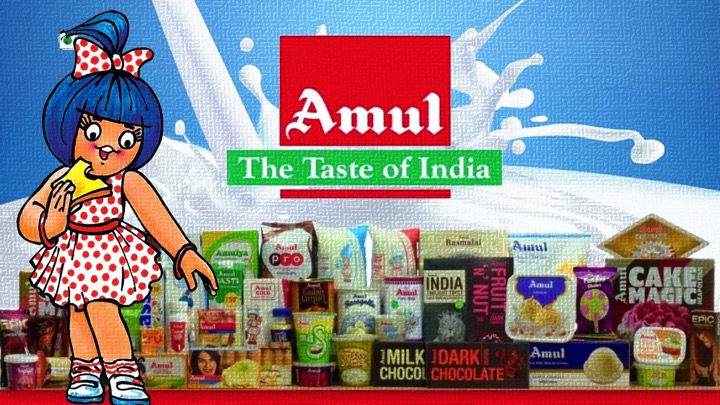In 2018-19, Karnataka produced 7.9 million tonnes of milk, followed by 9.03 million tonnes in 2019-20. The State crossed the 10-million-tonne mark in 2020-21, producing 10.94 million tonnes. Further gains were recorded in 2021-22 with 11.79 million tonnes, culminating in 12.83 million tonnes in 2022-23.
Milk availability in Karnataka
The State’s per capita milk availability has also improved significantly, increasing from 332 grams per day in 2018-19 to 523 grams per day in 2022-23. This figure is higher than the national average of 459 grams per day, as per the data shared by Union Minister Rajiv Ranjan Singh in Rajya Sabha at the ongoing Winter Session.
Milk Production (in million tonnes)
Source: Department of Animal Husbandry and Dairying
Milk demand
India’s growing demand for milk and milk products is expected to soar to 266.5 million metric tonnes by 2030, according to a study conducted under the National Dairy Plan Phase I (NDP-I). This marks a substantial increase from the 162.4 million metric tonnes consumed nationwide in 2019, including both household and non-residential consumption.
Highlighting these figures, Mr. Singh stated, “Urban areas currently account for a larger share of milk consumption, whereas rural regions dominate in milk product consumption. By 2030, the consumption of milk products in rural areas is expected to witness a massive jump, significantly outpacing urban areas.”
Per Capita Milk Availability (grams/day) Karnataka
Source: Department of Animal Husbandry and Dairying
To address the rising demand and existing disparities between rural and urban milk supply, the Ministry is implementing schemes such as the National Programme for Dairy Development (NPDD) and the Animal Husbandry Infrastructure Development Fund (AHIDF). These initiatives focus on enhancing infrastructure, ensuring equitable milk distribution, and improving product quality.
“The gap between milk demand and supply in rural versus urban areas remains a concern,” Singh added. “These schemes aim to complement state government efforts, improving accessibility and affordability of dairy products for all.”
The Minister emphasised the importance of scaling up infrastructure and production capacities to meet future consumption needs. Urbanisation, changing dietary habits, and a growing population have been identified as key drivers behind the demand surge.





























